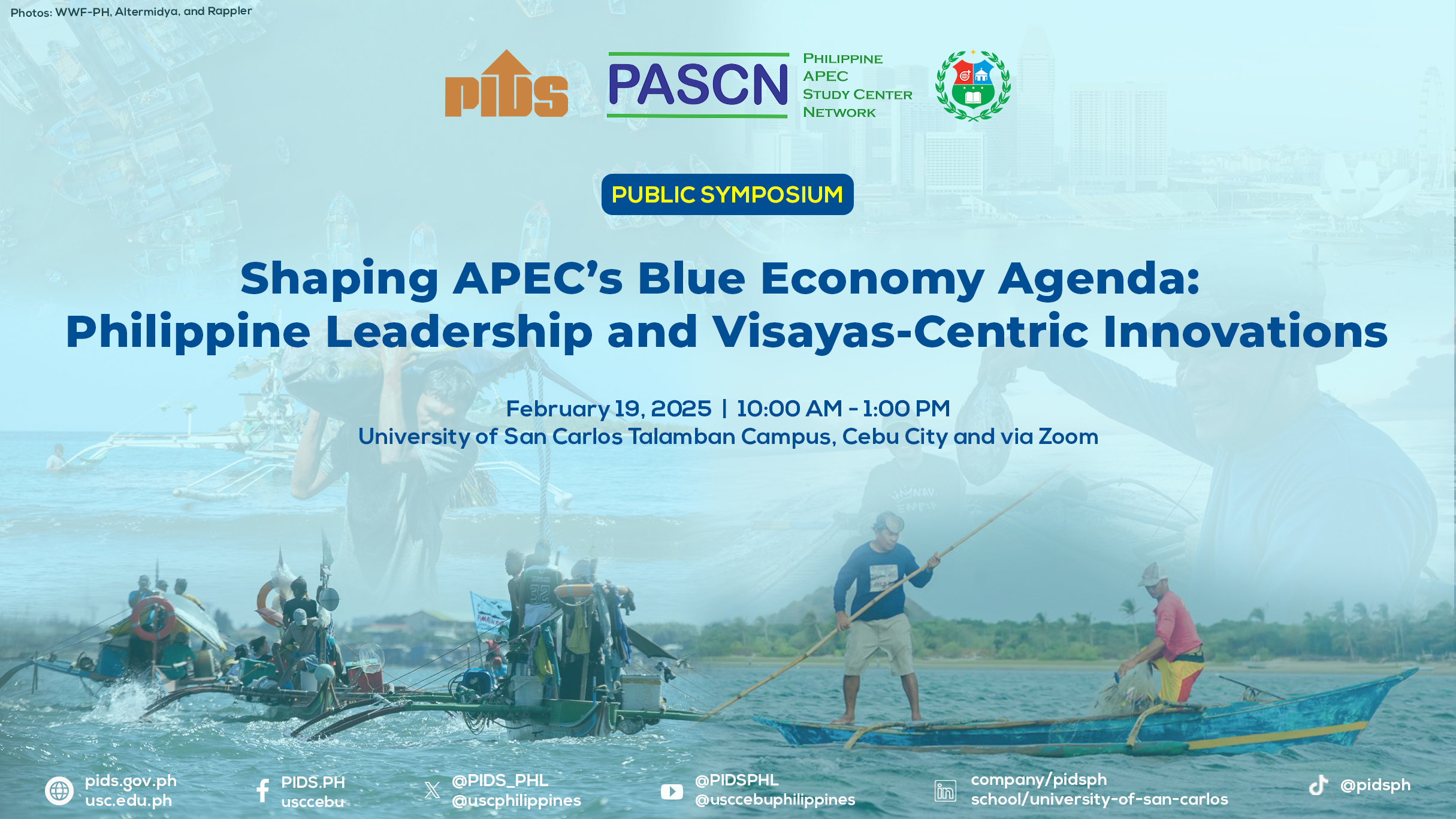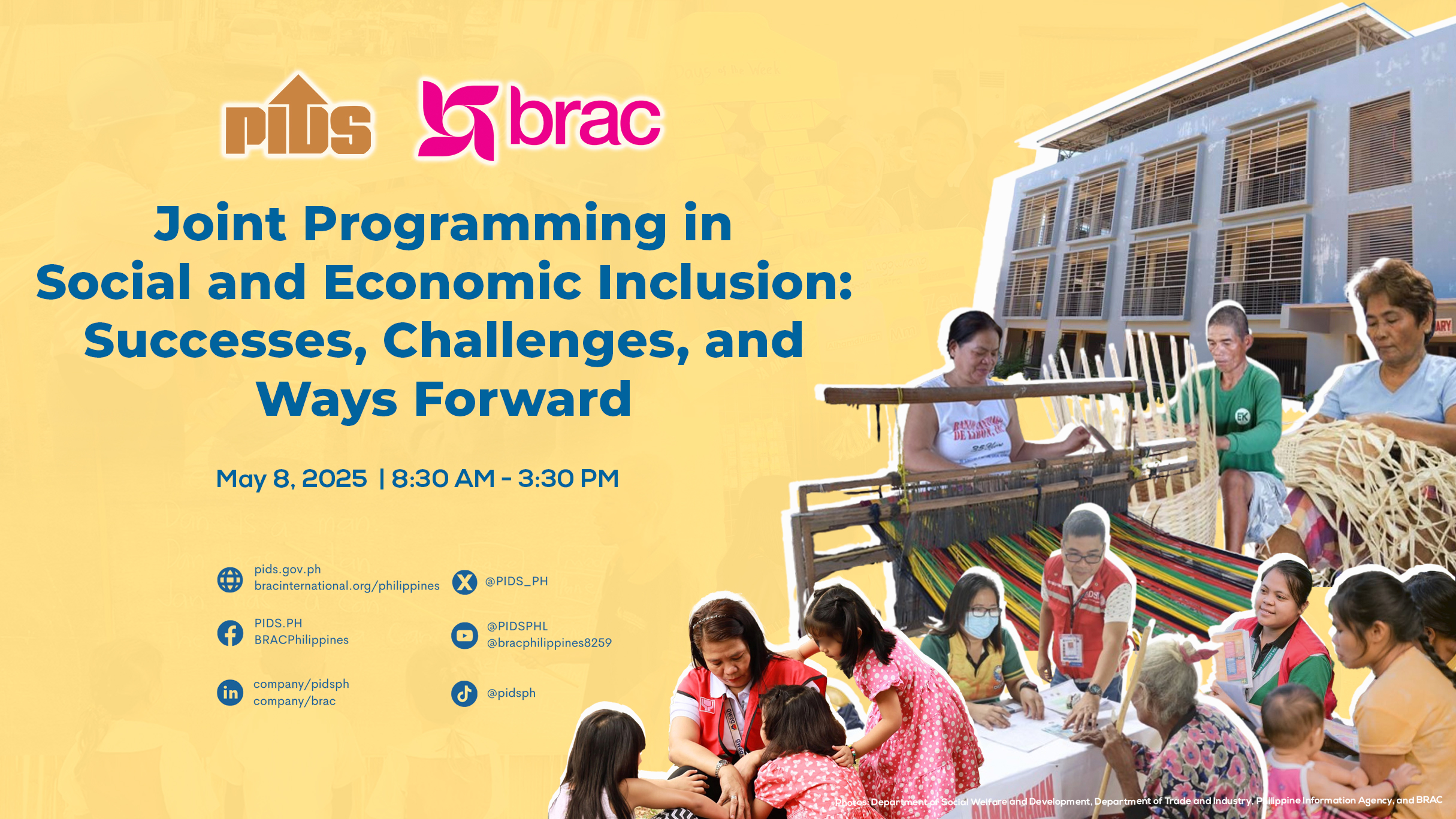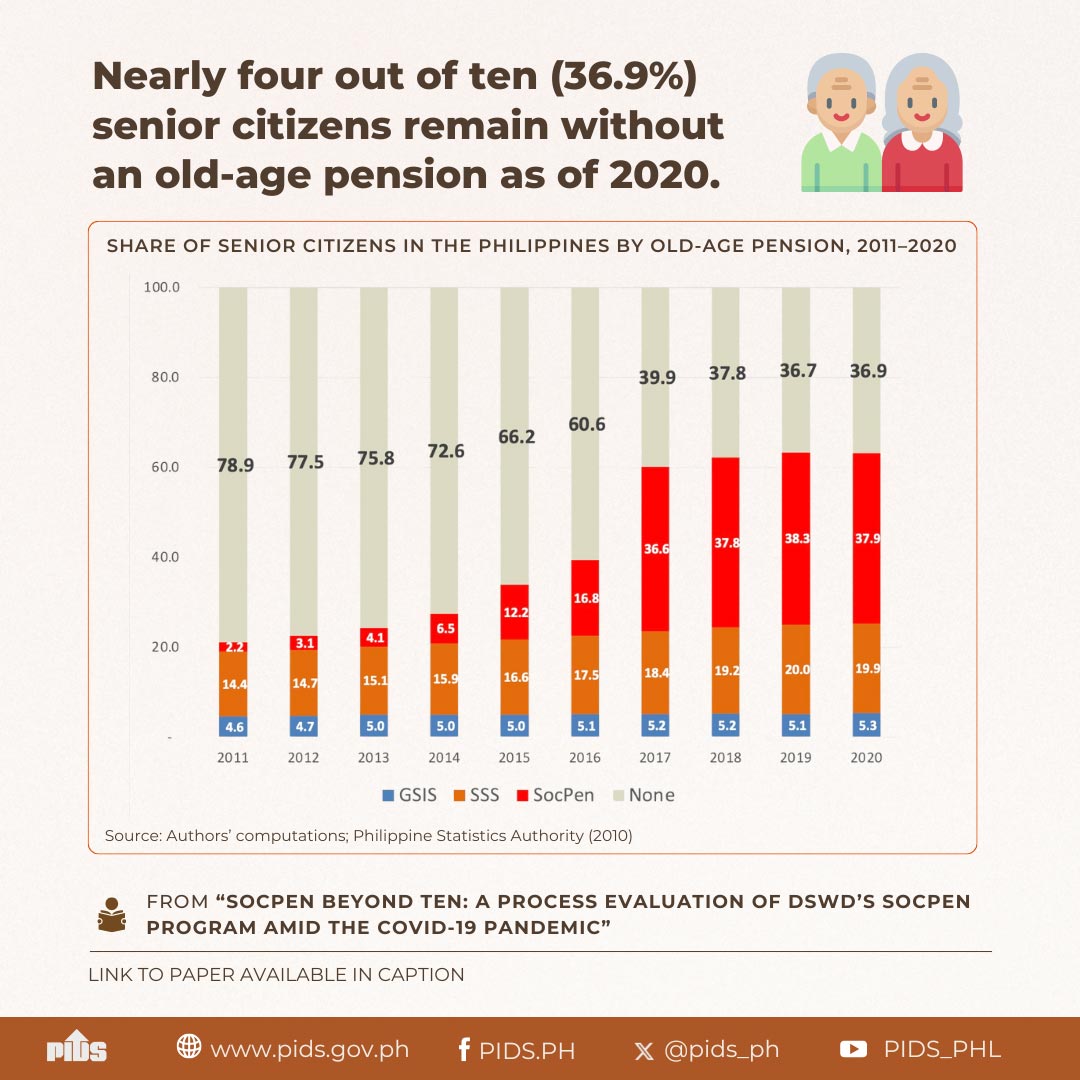THE Philippines lags similar-sized economies in spending on social protections and needs to improve their design and implementation, according to a study of state think tank Philippine Institute for Development Studies (PIDS).
“The Philippines spends lower on social assistance as a share of GDP, 0.7%, than the average of 1.5% by lower middle-income countries. There is still much to be done to increase the coverage for the Philippines to ensure that the poorest are adequately covered,” according to the study, A Public Expenditure Review of Social Protection Programs in the Philippines.
The authors, PIDS Research Fellow Charlotte Justine Diokno-Sicat and Research Specialist Maria Alma P. Mariano, said the government spent 5.8% of its total annual budget from 2009 to 2017 on social protection led by the Department of Social Welfare and Development (DSWD), which received the bulk of the funding.
“Regardless of the policy horizon or motivation of a social protection program, it is crucial to monitor and evaluate the efficiency and effectiveness of the program to be able to intelligently assess future policy direction,” they said.
“By being able to identify the contribution of programs to sectoral and societal goals and rightsizing the government (reviewing mandates/functions) to remove these overlaps and redundancies across NGAs (national government agencies), it would be easier to make social protection efforts more cohesive,” according to the study.
The study noted that Pantawid Pamilyang Pilipino Program (4Ps), Kapit Bisig Laban sa Kahirapan Comprehensive Integrated Delivery of Social Services (KALAHI-CIDSS) and Livelihood and Self-employed Programs (SLP) were the top three recipients of the budget share for social programs.
These were followed by the Department of Education’s School-Based Feeding Program (SBFP), the National Food Authority’s Rice Price Subsidy and Implicit Subsidy and the DSWD’s Supplemental Feeding Program.












